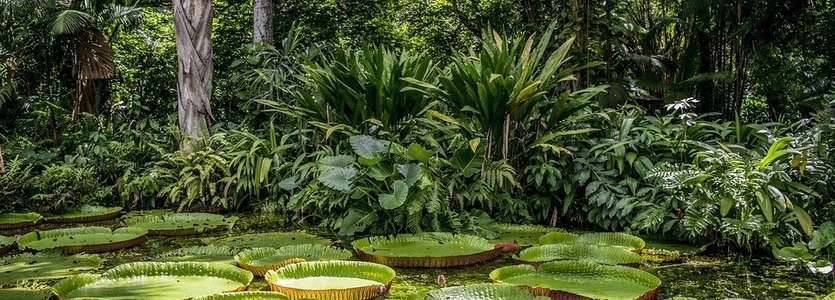Apurina: People of the Awiry

Apurina: People of the Awiry
The Apurinã (Pupykary or Kangitê as they call themselves) are an indigenous people concentrated in the northern region of Brazil, between the states of Amazonas, Rondônia, and Acre. Their population is approximately 8,267.
One of the strongest Apurinã cultural aspects is their relationship with Tsura, God creator of all things, of the earth, the river, the forest, and the people. According to the Apurina culture, Tsura left the forest and the river to dwell and sustain his people. He also left the Awiry, a medicinal plant used in healing.
The Awiry
Awiry is such an important and sacred plant to these people that they are known as the Awiry People.
Awiry hapé is unique, unlike any other, it can only be made in the dry season, when the river is low, because Awiry grows on the river banks. It is a mild and delicate hapé.

The Land
For the Apurina people, the land is the most sacred asset, for in it lies the continuity of life. The Apurina protect the forest from invasion. They understand that the forest is Atha Aiko, which in Apurina means Our Dwelling.

The Language
The Apurina language is called Pupykary Sãkyri, and is another important pillar in the culture of this people. They preserve their language because for them it is what gives continuity to their culture and their lives.
The Pajé
The importance given to the Pajé (called mēēte in the Apurinã language) is another very strong characteristic of the Apurinã culture.
One of his main responsibilities is healing. In healing, the shaman uses medicinal herbs from the forest. One of these medicines is rapé, made from Awiry.
Ritual and Celebration
Apurina celebrations are called Xingané (in Apurina, kenuru) which begins with a ritual of confrontation. Both guests and residents paint themselves, come armed and adorned through the forest. They arrive together and shout, and the leaders stand face to face, starting a loud discussion, always with guns pointed at each other, as well as their companions. Finally, they lower their guns, the tone of their voices, and the leaders take rapé in each other’s hands.
Discovering the culture and customs of these people is fascinating, especially for getting closer to the vibrations and energies that are transmitted through the wisdom they offer the world.
We hope you enjoy!
With love always,
Sacred Blend
Provided by Nature

